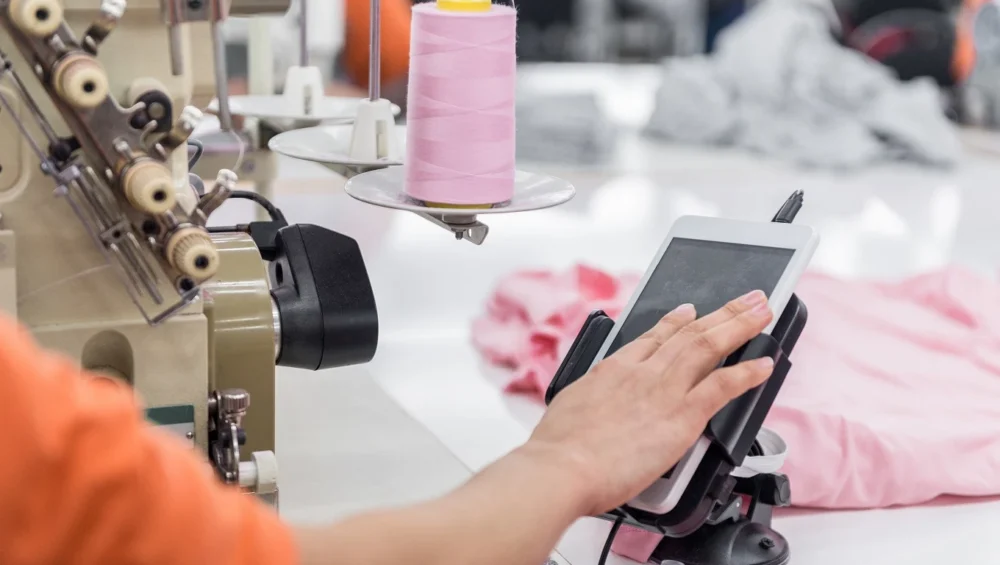The gorgeous clothes you see online and in stores come at a cost, and it’s not just a monetary one. 10% of global environmental emissions come from the fashion industry. In fact, 85% of discarded textiles used globally end up in landfills. Knowing these statistics, it’s imperative that fashion and apparel manufacturers have a sustainability strategy in place. This is not only due to greater customer and stakeholder scrutiny but also to changing regulations regarding ethical, environmentally friendly business practices.
Consumers are demanding products from brands and retailers that are socially and environmentally sustainable, and they want transparency regarding their business practices. In response, your fashion and apparel manufacturing business must implement sustainable procedures from end to end, and to do so, you’ll need the right technology at your disposal. In the article below, we’ll talk about what technology you need and how it can help you boost your sustainable credentials as well as improve your bottom line.
But first, let’s look at a bit of background.
The Impact of Fashion on the Environment
According to the global business consultants the McKinsey Group, the fashion, retail and luxury industry has been one of the fastest-growing segments of the world economy, outperforming even technology and communications. While that’s great for the fashion houses, it hasn’t been so good for the environment.
General consumption of clothing has accelerated in the last few decades, with a noticeable effect on the environment. In fact, clothing manufacturing has doubled in the last twenty years. The average person now buys 60% more items of clothing every year, but only keeps these items about half as long as fifteen years ago.
The fashion industry has received criticism in recent years for the amount of waste it produces. Studies have shown that the fashion industry creates more waste and greenhouse gas emissions than international shipping and flights combined.
Here are some basic statistics:
- The time between clothing purchase and disposal has fallen near 40%. In general, this means that people are no longer repairing or mending clothing; rather, they just get rid of it, often before it has outlived its usefulness. Some items marked for disposal have never been worn.
- Once apparel is thrown away, 73% will be burned or buried in landfills, even though most textiles are recyclable.
- Right now, only about 12% of clothing and textiles will get collected for recycling. Most of this gets shredded and used to stuff mattresses or made into insulation or cleaning cloths.
- Less than 1% of what is collected will be used to make new clothing.
All of this is not just harmful to the environment—it hurts the profitability of the whole industry with almost $600 billion annually being lost on clothing that is gently used and not recycled.
There is hope on the horizon. The fashion industry has always been innovative, and more and more designers and manufacturers are creating clothing brands that prioritize and promote sustainability. Moreover, many companies are recognizing that technology is the key to driving sustainability throughout the industry, from sourcing to creation to the retail racks.
In this blog, we’ll explore how apparel industry leaders are changing the reputation of the industry. We’ll also show you how technology can not only boost your sustainability efforts, but can save you money, to boot.





